



















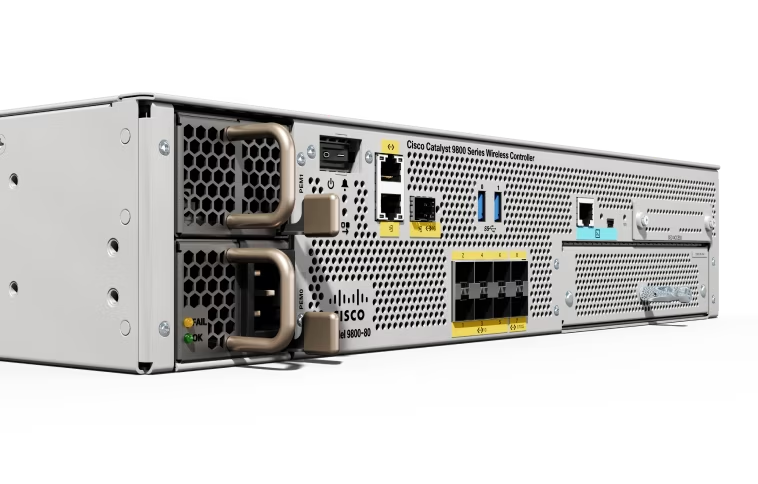

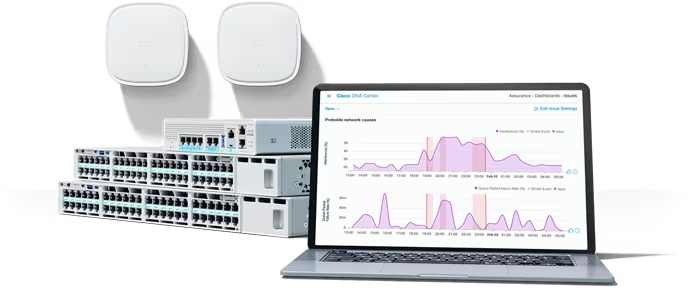

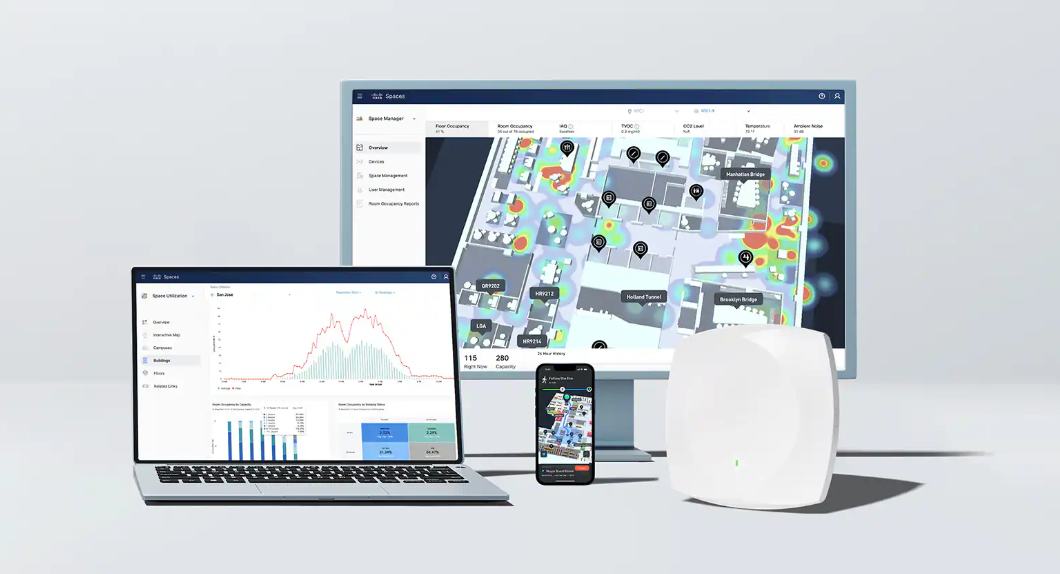

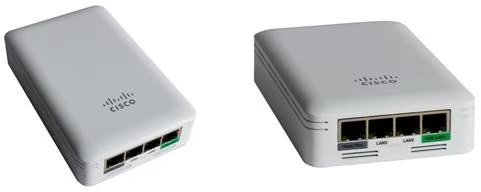
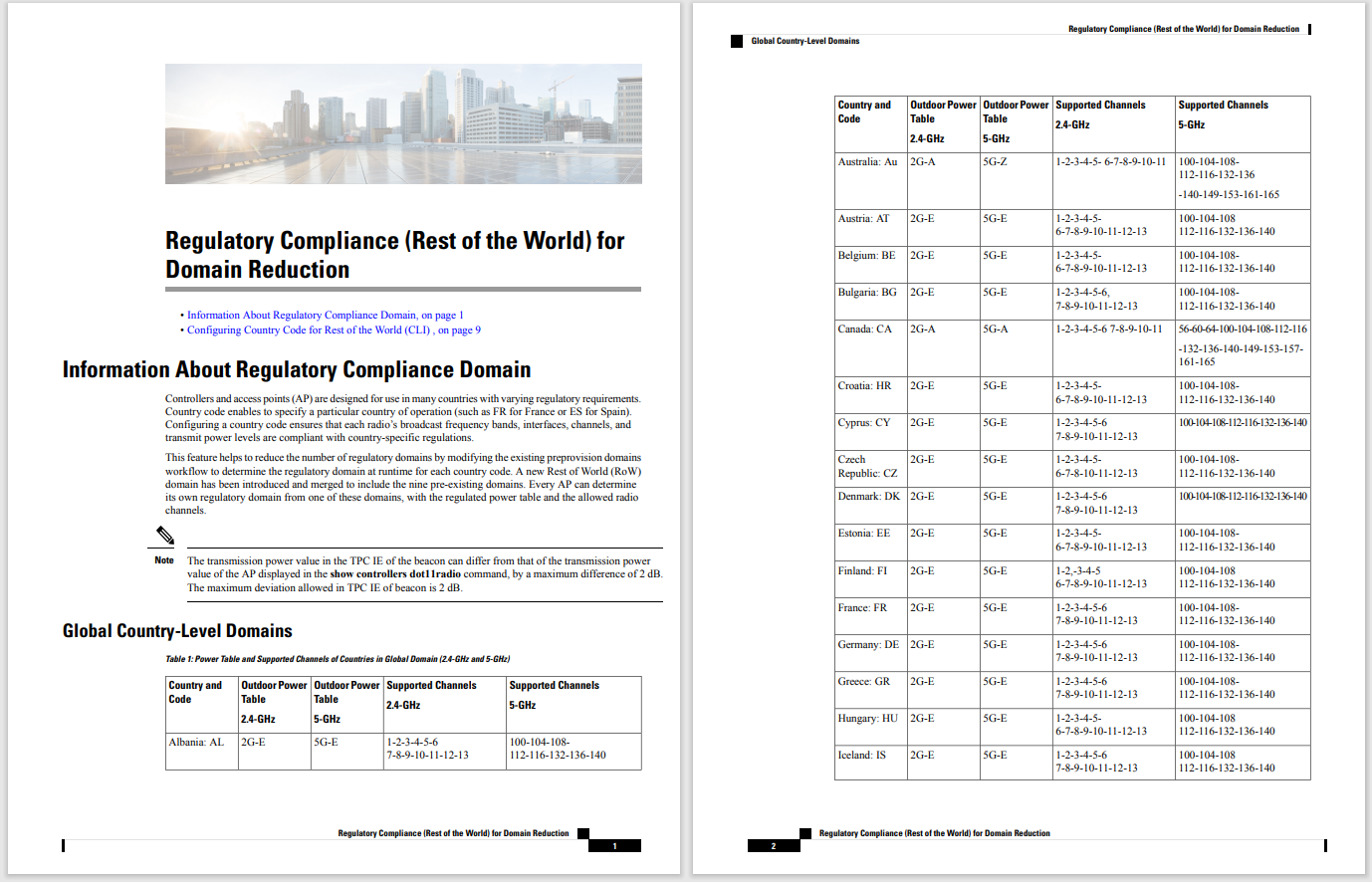
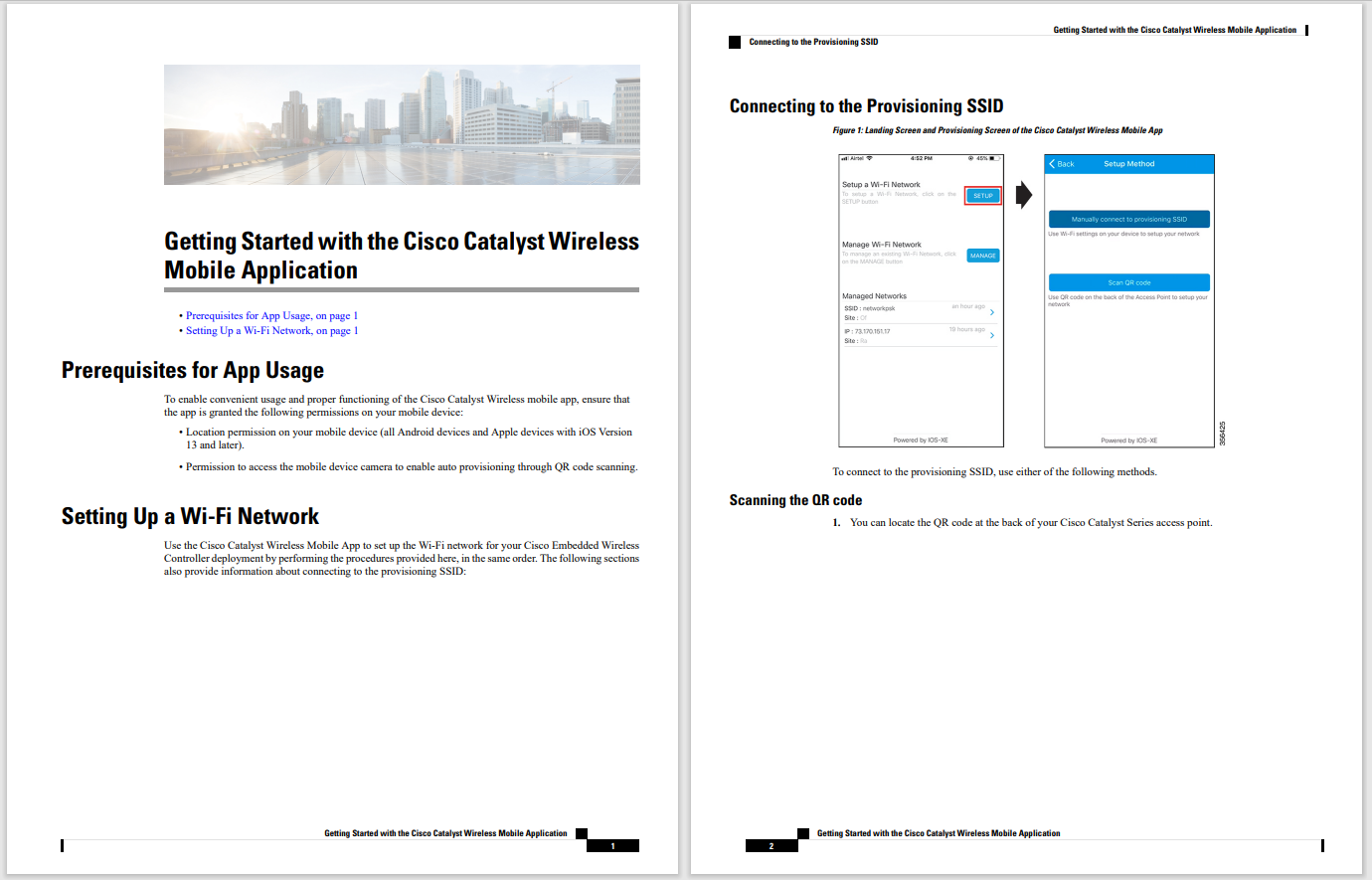

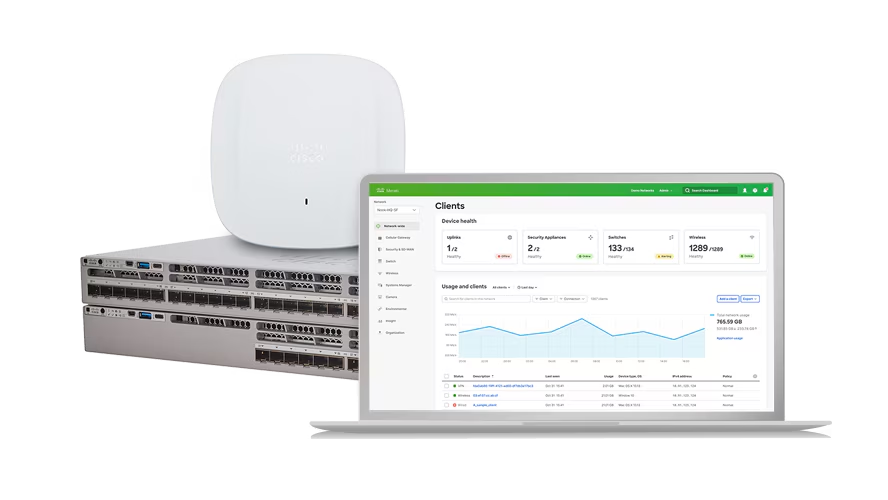
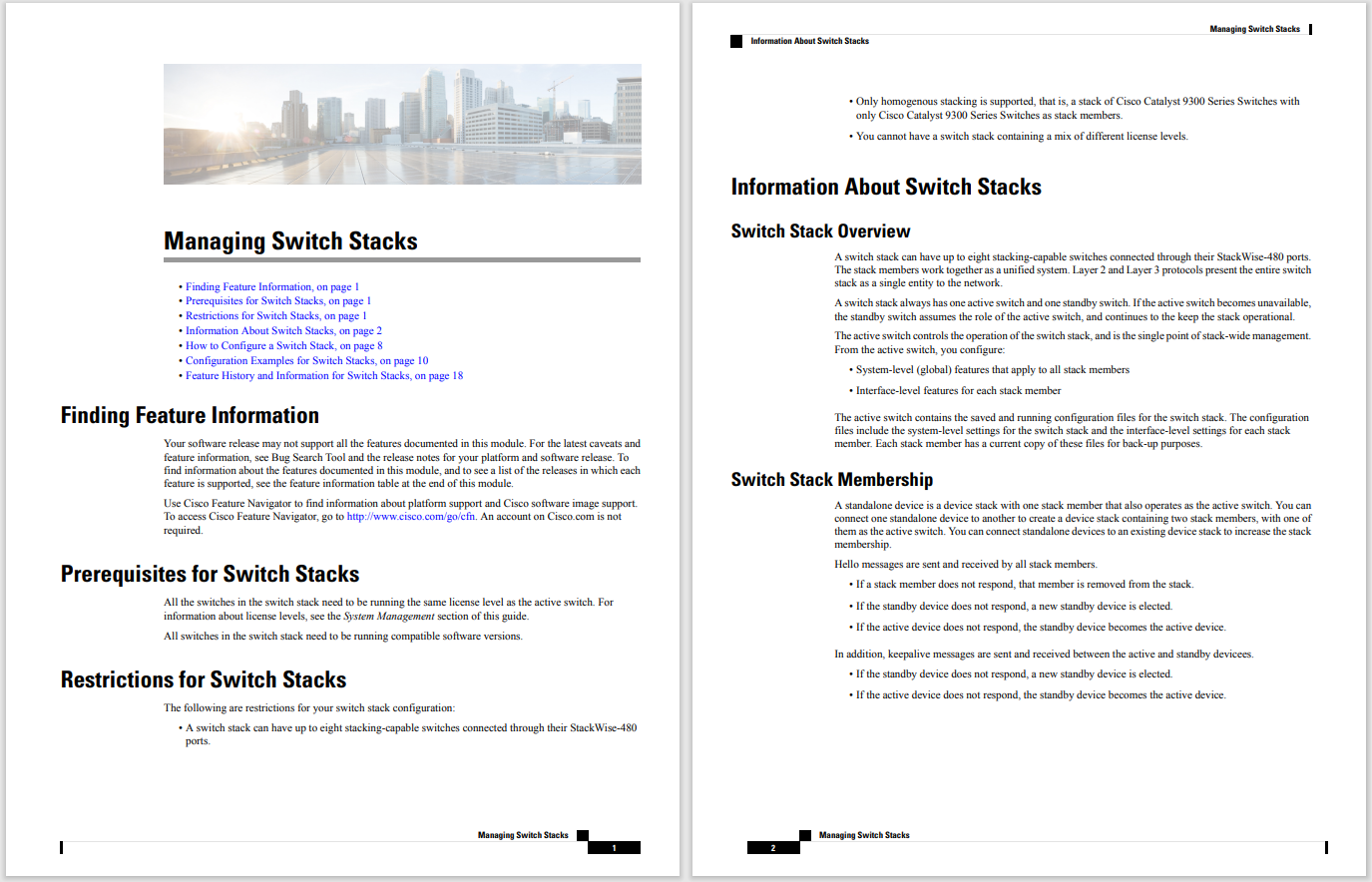
Wireless technology has been a critical part of every refinery for years. However, choosing which type of wireless system to deploy has become more complex with the choices of Wifi, LTE, WiHart, ISA100 and multiple fixed wireless or mesh options. This document will position each of these technologies for their most valuable use cases so that you're not frustrated by using the wrong tool for the job you have.
The wireless technology that is most widely deployed in refineries today is Wifi. It is a natural choice because so many of the devices we use every day depend on Wifi for connection. This works well for all IT and OT applications like workflow management, asset management, and many more. As control system elements and measurement devices started to go wireless, most of these are produced with Wifi radios built in.
Wifi is relatively inexpensive and doesn't require any special spectrum license to operate. This makes it easy to deploy initially, but we've seen a few challenges start to emerge. Because Wifi is significantly affected by RF noise and large metal objects, the reliability of wifi in a refinery can be unpredictable and coverage can be expensive.
These two requirements of coverage and reliability start to push refinery operators toward other wireless technologies and this is what we'll discuss next.
The control system world recognized these challenges with the Wifi standard. Because of this, two similar wireless standards have emerged that specifically serve the control system world. The first is WirelessHART which operates at 2.4GHz (same as initial Wifi standards) and has resiliency built in to ensure the reliability of control system flows. The second is a broader industry standard set out by the International Standard for Automation (ISA) under the ISA100 committee. Both of these standards are widely used for industrial wireless communication and connecting sensors and actuators to control system infrastructure. Honeywell and Emerson have both partnered with Cisco to deploy these as part of an integrated wireless infrastructure.
As wireless is proving to be more useful, refineries are looking for ways to cover as much of their sites as possible. LTE and 5G have large coverage areas, work well for a large number of devices, and have moderate to high data capacity depending on the nature of the deployment. This sounds like exactly what's needed. Unfortunately, they are complex systems and get expensive fast. For example, deploying just one service provider tower can cost millions. Transforming these large systems into a refinery site is not simple and in most cases, sites need to aquire an operating license from the communications regulator in the area. This complexity and the limited need for new 5G capabilities has slowed the adoption of this technology in refineries.
LoRaWAN also provides coverage to large areas and is a great fit for sensors that need long battery life and only transmit small intermittent data streams. Cisco and others have packaged this technology into a simple service that is easy to deploy with a growing collection of sensors. There is no license to aquire it and costs to deploy are very low. Even if other wireless technologies exist in the area, it may still make sense to put in a LoRaWAN system for specific use cases.
Cisco is making the deployment of wireless systems easier and more integrated into network operations. For example they're integrating the gateway requirements of Emerson and Honeywell into the access point requirements of Wifi to limit the amount of cabling and power infrastructure. They're also simplifying the deployment of LTE and LoRaWAN with hybrid cloud management to simplify administration without compromising a robust local operating environment in the event of WAN failures.
There you have it, a whirlwind tour of the wireless technologies most common in refineries today. Each wireless technology has an important role in refinery operations and all wireless domains together are part of a larger infrastructure. Cisco views all infrastructure as an integrated architecture and believes that refineries want to operate it that way as well.
www.cisco.com/go/oilandgas
cs.co/oilandgasportfolio
 Hot Tags :
Oil and Gas
Hot Tags :
Oil and Gas